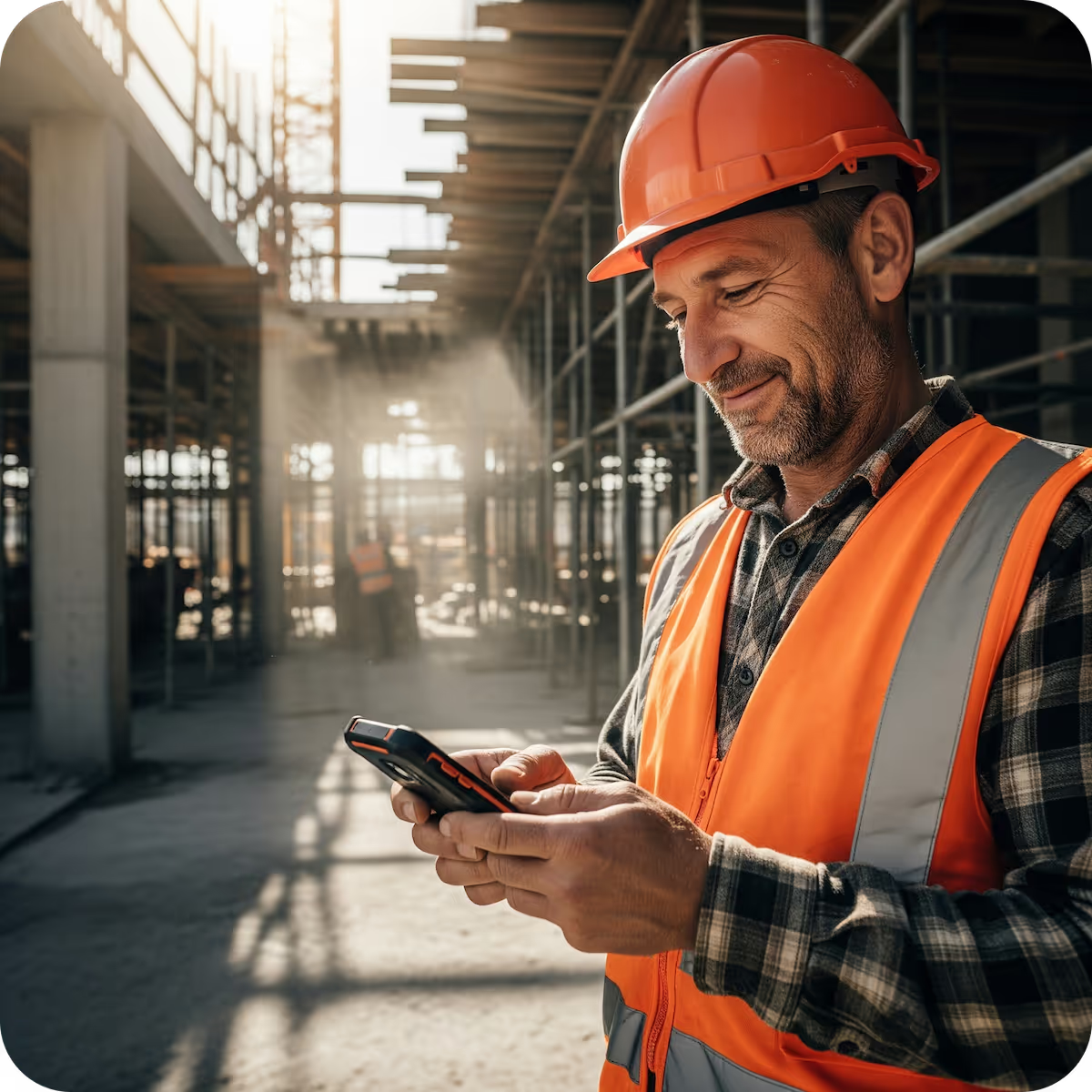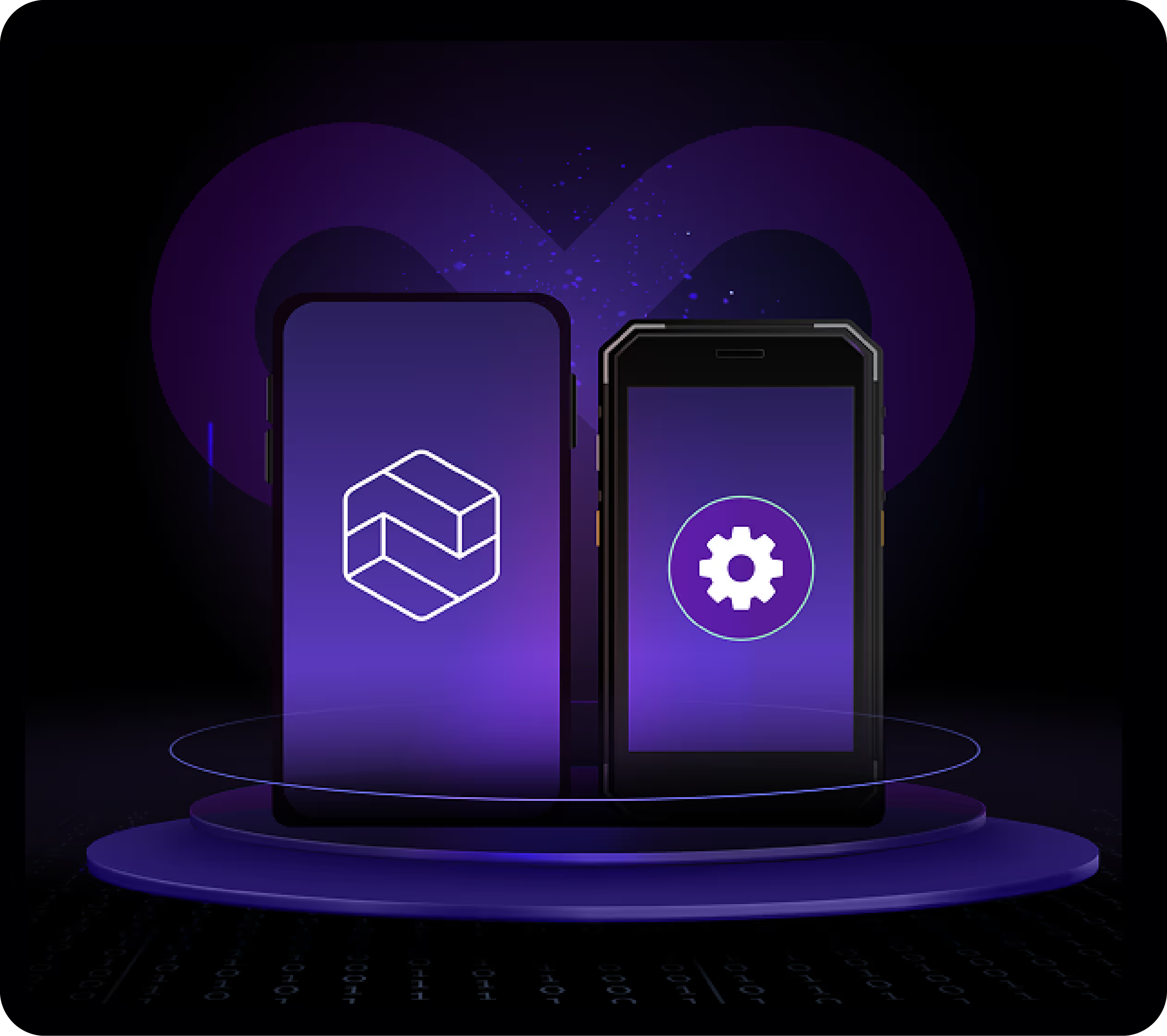Smartphones for business use need a different type of device management that BYOD or COPE methods simply can’t handle. Whether you’re all Android, all iPhone, or a mixture of both, a next-generation approach to managing the smartphones your business depends on is the efficiency upgrade to take you to the next level.

Smartphones for business use cases
Smartphones: You know them, you love them, you can’t live without them. These feature-packed communication hubs are one of the most popular company owned and managed devices for business use cases out there. And with good reason. They’re incredibly versatile, as portable as a sandwich (but not nearly as edible), and keep you in the mix when you’re on the go.
But there are some downsides here, like the higher risk of losing a smartphone. It’s much harder to misplace something like a kiosk than a smartphone. And then there are the times you drop a smartphone a few inches from the ground and somehow shatter the entire screen. (If this happens often, consider a rugged version.) Everyone has flaws, okay? But it’s still worth considering this ultra-compact powerhouse for your use case. To make it short and sweet:
Smartphones and tablets are both incredibly versatile devices and work well across a variety of business use cases, from mPOS to mobile ordering. While there is some overlap between them in terms of functionality, there are some notable differences. Use our cheat sheet below to determine which best suits your needs.
Smartphones and tablets are both incredibly versatile devices and work well across a variety of business use cases, from mPOS to mobile ordering. While there is some overlap between them in terms of functionality, there are some notable differences. Use our cheat sheet below to determine which best suits your needs.
Let the search begin! It's time to find your ideal smartphone. Be on the lookout for these essential factors so this feels more like a treasure hunt and less like climbing Mt. Everest.

Our hardware experts make finding the right hardware easy! Esper has guided thousands of customers to develop efficient, scalable device fleets that meet their needs. With our robust partner catalog and vast hardware support we can always find a solution.



Management considerations for company smartphones:
You’ve got your smartphones and now it’s time to manage them. An MDM (Mobile Device Management) solution is a great tool to monitor and protect your smartphones, but there isn’t a cookie cutter solution out there. Here’s what to consider while you’re shopping around:











Esper ensures the performance of rugged devices for first responders
Esper’s software is integral to our ability to roll out the rugged headless SD7 in large scale deployments with enterprise and public safety customers and remotely update the devices. Esper does the heavy lifting of device security, fleet management, and software updates behind the scenes so first responders can focus on the job at hand.


Strategic hardware support saves national QSR chain from expensive rip-and-replace cycle
To support team members and customer experiences across our POS, tablets, and other devices, we needed a solution that worked for our next generation enterprise Android apps. Esper was a true partner. Working with them allowed us to move fast, save money, and now we can make strategic decisions about what hardware we want to use.
A mobile device management (MDM) system for smartphones allows you to remotely access, update, and control the smartphone and the content on it.
MDM for smartphones is helpful in industries that utilize smartphones for employee- and customer-facing activities like mPOS, mobile ordering, field service, navigation, and more.
MDM makes managing corporate-owned smartphones easier across the entire organization. You can use MDM to update applications, content, and in some cases even the operating system.
Many industries can take advantage of using smartphones, including retail, hospitality, medical, transportation, and more.